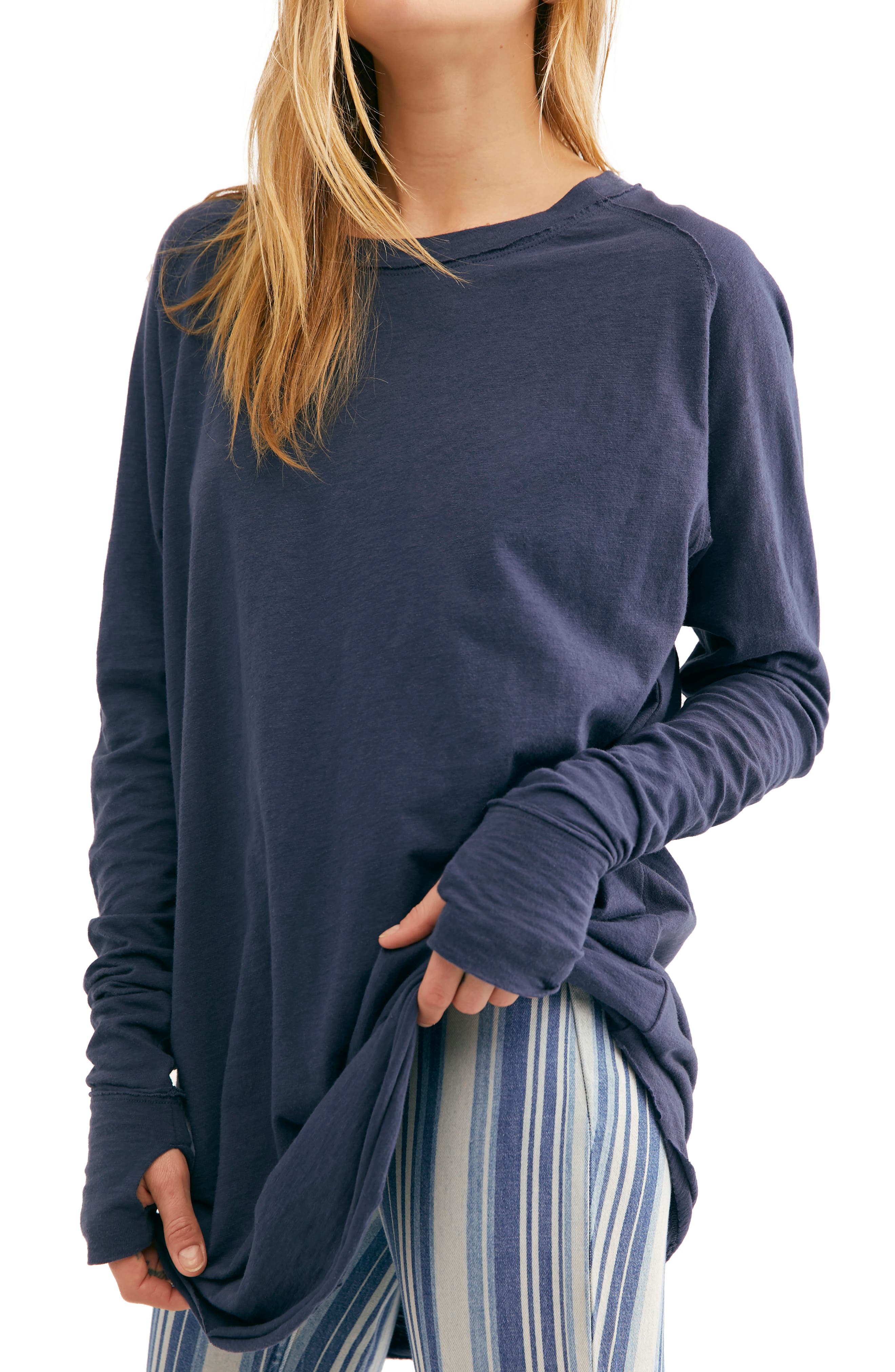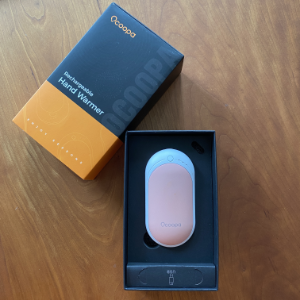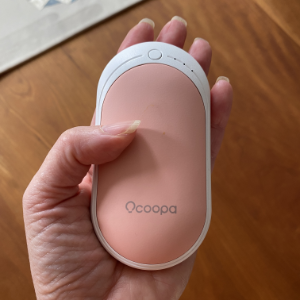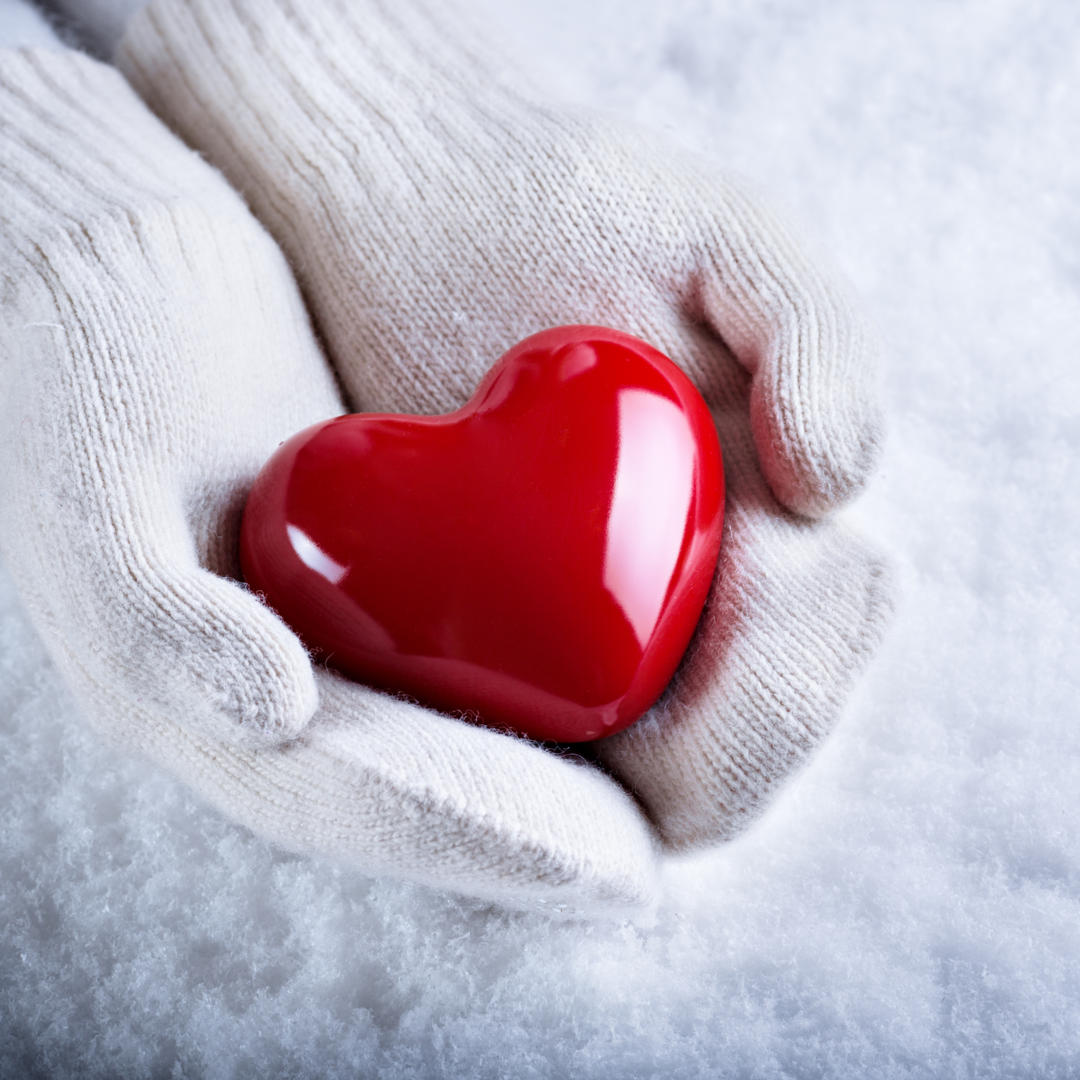
Have you heard this saying? I’m hear to tell you – what a bunch of hooey!!
I, like many people, have perpetually cold hands. I don’t just mean a little cold. I mean A LOT cold.
Story Time
It all started in high school for me in upstate NY. My freshman year biology class was in the basement level of the building and my hands would get so cold they would go numb. I started wearing fingerless gloves to class. I called them miser gloves and often reenacted scenes from Dickens A Christmas Carol or Oliver Twist. It only bothered me in that class and rarely at other times.
I mentioned it to my mother and she wasn’t surprised. She suffered from it occasionally too. I put it out of my mind.
Years later, post college, I found myself working in Fairbanks, Alaska. My boss had the same issue and was known for wearing battery powered gloves to keep her fingers warm. She was the first one to name the issue…Raynaud’s Syndrome.
It happens more frequently now and I take all the measures I can to control it. However, when the weather dips below 60 F, I have to start paying more attention.
Raynaud’s
Often referred to as Raynaud’s, Raynaud’s syndrome, Raynaud’s disorder, or Raynaud’s phenomenon it is a condition where the blood vessels to the extremities (fingers, toes, ears, nose, etc) go into spasms due to anxiety, stress or cold temperatures. The spasms temporarily block or constrict the flow of blood through the vessels.
The affected part can go white or blue and it can be painful, prickly, aching or numb.
In short. It sucks.
The Cleveland Clinic puts the impacted population between 3-5% of the US population. The Scottish National Health Information Services puts the estimate higher at around 20% of all adults. Typically it’s a slightly more prevalent with women than men, and often diagnosed between ages 15 and 40. 25% of the people impacted by it have a family history of Raynaud’s.
So, it’s not everyone, but it’s enough that I thought it was worth mentioning and educating people.
The Bad News
Raynaud’s is divided into two camps: primary and secondary. Secondary Raynaud’s means that it’s triggered by some other underlying issue. Primary Raynaud’s is isolated and therefore a bit less troublesome – but it can often eventually be a harbinger of other issues.
One of the telltale signs is ridges in your fingernails which hints at disrupted blood supply to the tips of your fingers.
There isn’t any cure for it but as long as you watch the health of your extremities, it can more a nuisance than harm.
Note: There are procedures and drugs that can help with symptoms but talk to your doctor about them. The side effects and/or risks are substantial enough to be a “worst case” scenario in my mind.
The Good News
This is one of the few times that knowing what’s going on works to your favor. If you figure out that you suffer from Raynaud’s, prevention of symptoms is manageable.
1. Reduce or Eliminate Triggers
Exercise regularly (this keeps your blood vessels healthier), don’t smoke (smoking constricts your blood vessels which doesn’t help matters), chill out (stress is a trigger so master your relaxation techniques and deep breathing). Avoid cold when possible.
2. Exercise
Exercise helps both improve circulation and manage stress. Having a regular workout routine is an important aspect of keeping the symptoms at bay. Of course, be careful exercising outdoors in cold weather where you have to factor in temperature.
I find this can be challenging. My toes will often go ice cold on long hikes and take a while to heat back up.
3. Take Preventative Measures
Stay warm. This might sound stupid but it really means that it’s important to acknowledge what’s going on and plan accordingly. Some suggestions if I may…refined over many, many years of coping with this.
Gloves
As I mentioned, fingerless gloves help me a lot. I find the longer ones help heat up my arms and hands. Although you can get cheaper cotton ones, I’ve included cashmere ones here – why not splurge?!
These both come in additional colors.
And if you head outside, these are hands down the BEST gloves to keep your fingers warm. Trust me on this – I’ve tried a LOT!
I just had a “duh” moment as I was writing this, wearing my favorite t-shirt with thumbholes…once you add thumbholes to a shirt, it basically becomes a fingerless mitten. Mind officially blown. So for good measure, here’s my favorite lounge t-shirt…WITH thumholes!
Blanket
A new addition to my heating arsenal is an electric blanket. I’m not sure how I lived so long without one! Keeping your general body temperature higher can help reduce the likelihood of cold weather triggers. My new remote working setup has me near a window – which is lovely but cold. Wrapping this around me helps keep my fingers agile and limber.
Handwarmer
And…the latest gadget to help me out discreetly is this little pocket handwarmer. I can drop this in my pocket when I’m headed out for a hike or just hold it in my hand if I get cold in the house. There is a more powerful version available but I find this one actually can get too warm so I’m happy with my selection.
These items make up my survival kit and make life far more comfortable. I hope you don’t have to cope with Raynaud’s, but if you do I hope that you find some comfort in my time-tested arsenal of goodies!
If you have any favorite finds to share, please…leave them in a comment below.
Disclosure: I am a participant in affiliate advertising programs. If you click an affiliate link and buy something, I receive a small commission for the sale. It does not cost you anything extra and you are free to use the link or not. Product purchases for review are made with my own money and my opinions are my own.

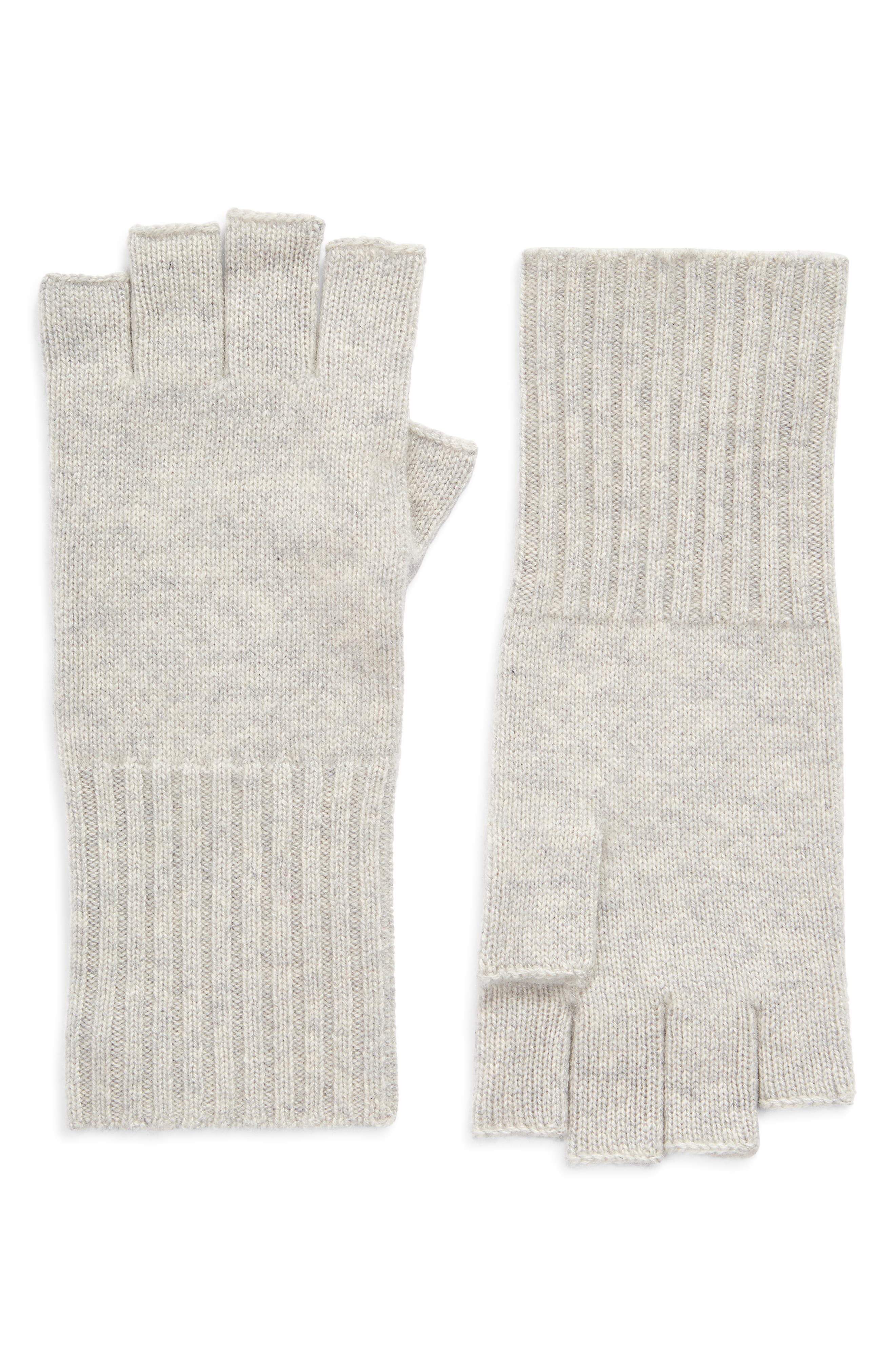

 Saucony Women’s 3-Season Run & Exercise Glove
Saucony Women’s 3-Season Run & Exercise Glove